Comparing Open Source Cloud & Virtualization Platforms

More and more, businesses and companies are seeking to repatriate services and infrastructure from the cloud to on-premise or hybrid solutions. This might be for
NFS High Availability on RHEL 9 with DRBD Reactor: A How-To Technical Guide
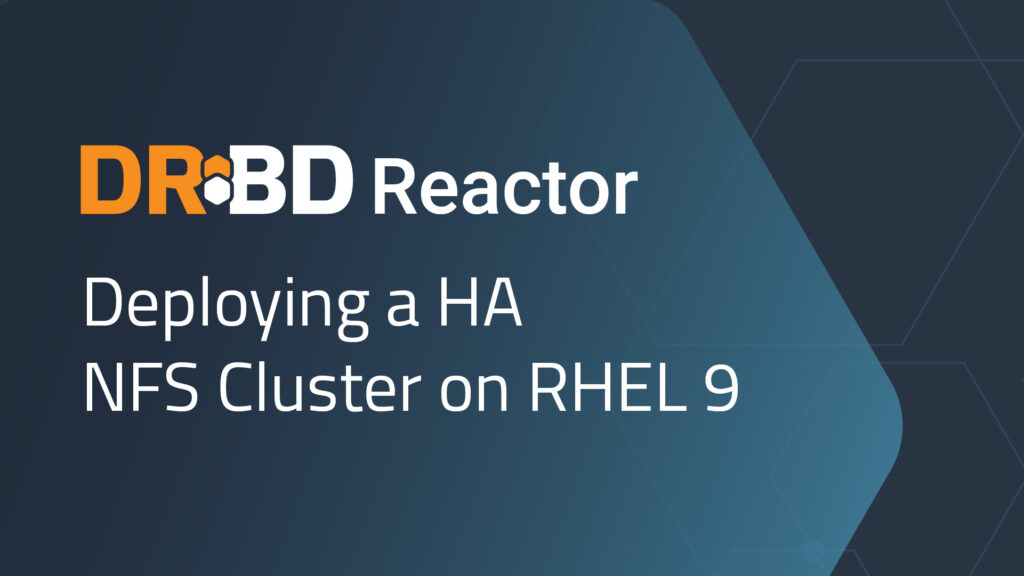
The Deploying an HA NFS Cluster with DRBD and DRBD Reactor on RHEL 9 or AlmaLinux 9 how-to technical guide gives instructions for setting up and configuring
Configuring Tiered Storage in CloudStack Using LINSTOR
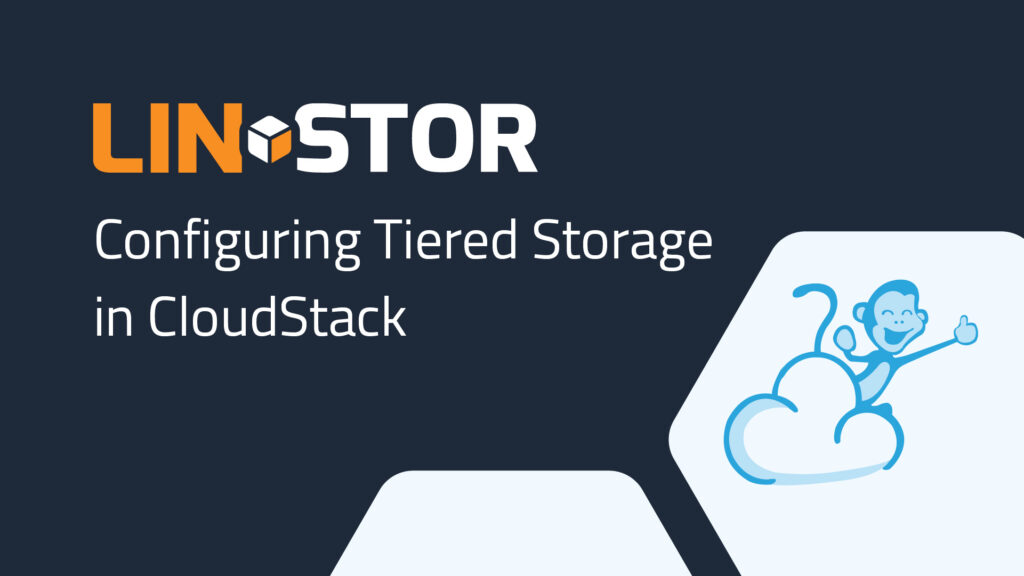
One of the benefits of integrating LINSTOR®, the LINBIT® developed software-defined storage utility, with Apache CloudStack is that you can use it to compliment CloudStack’s
The Benefits of High Availability (HA)
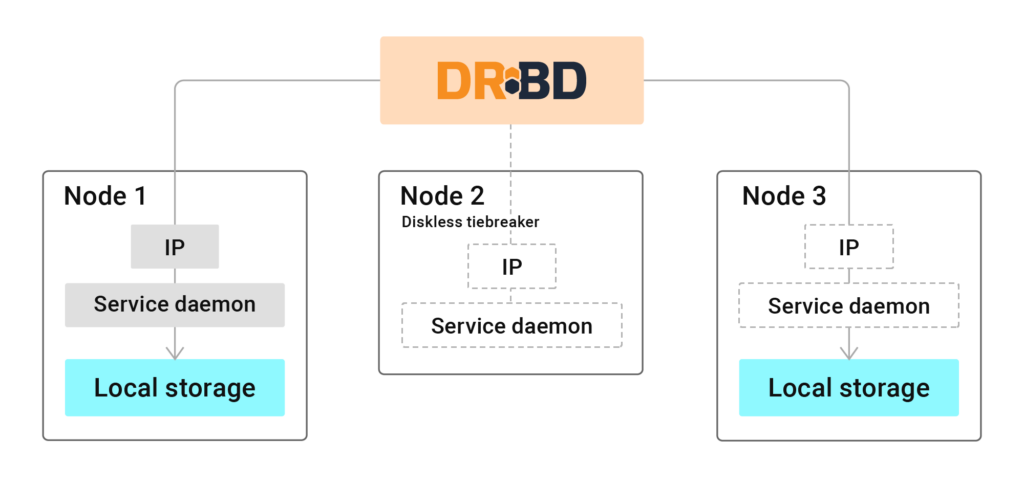
This article describes the reasoning behind and the benefits of a high-availability (HA) solution for providing services and applications. This article is intended as a
Open Source VMware Alternatives That Can Integrate With LINBIT Storage Solutions

This article contains content contributions from LINBIT team members: solutions architects Matt Kereczman and Joel Zhou, CEO Philipp Reisner, and developer Moritz Wanzenböck. If the
Monitoring & Performing Actions on DRBD Resources in Real-Time Using DRBDmon
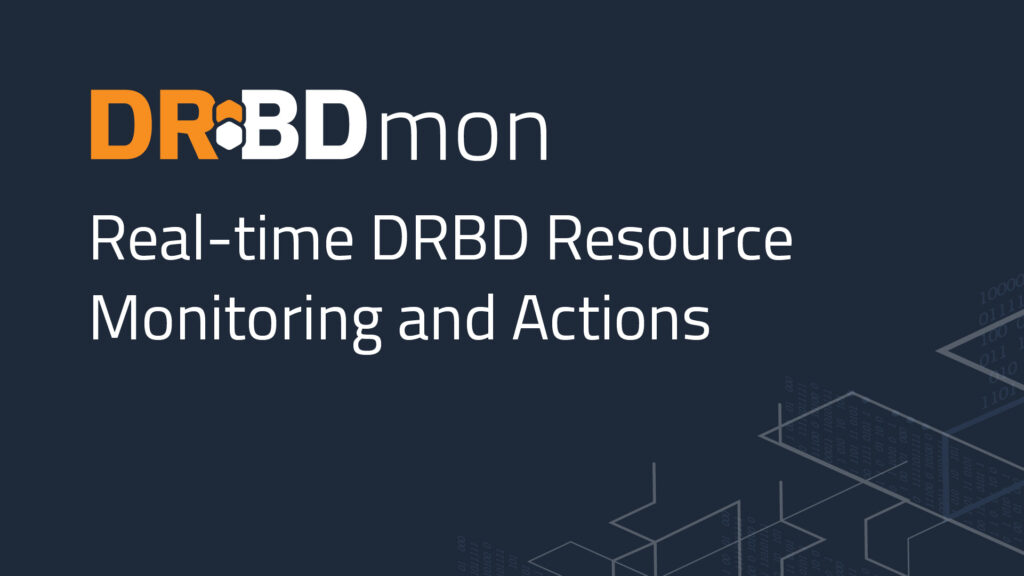
One convenient way to work with and check DRBD® and its resources is by using DRBDmon. DRBDmon is an open source utility included with the drbd-utils software
LINBIT Software Used In an Academic Research Clustering Project
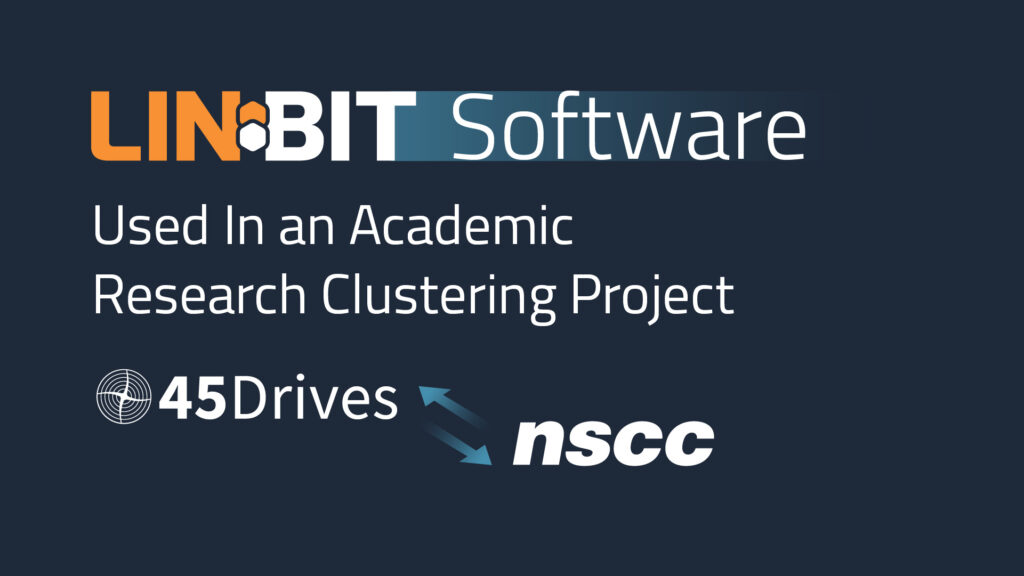
We at LINBIT® are pleased to learn about a collaborative research project between 45drives, a data storage solutions company built on open source, and Nova Scotia Community
Using the DRBD Quorum Feature as an Alternative to Fencing in a Pacemaker Cluster
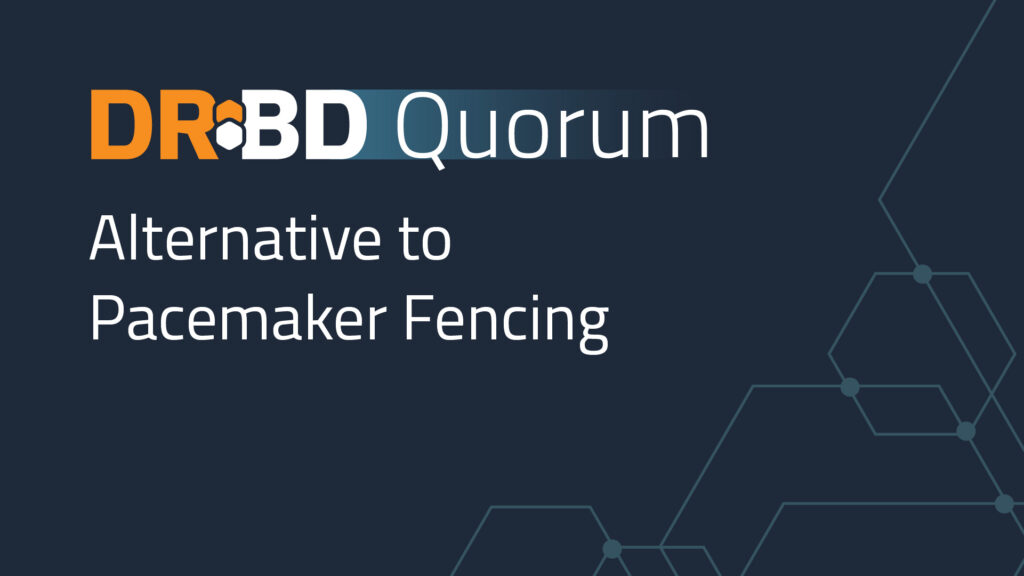
Implementing fencing is a way to ensure the consistency of your replicated data by avoiding “split-brain” scenarios. When communication between cluster nodes breaks, fencing prevents
The Stretched Cluster Disaster Recovery Strategy
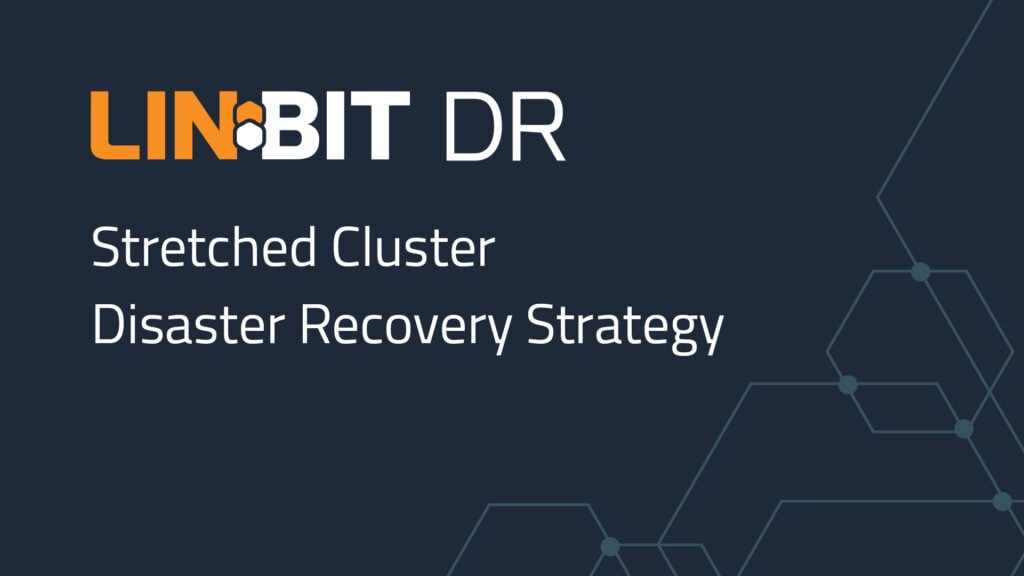
My colleague, Yusuf Yildiz, a solutions architect here at LINBIT® strongly believes disaster recovery (DR) should be thought of as a plan, rather than a
How Yellowbrick Data Contributed to Improving LINBIT Open Source Software
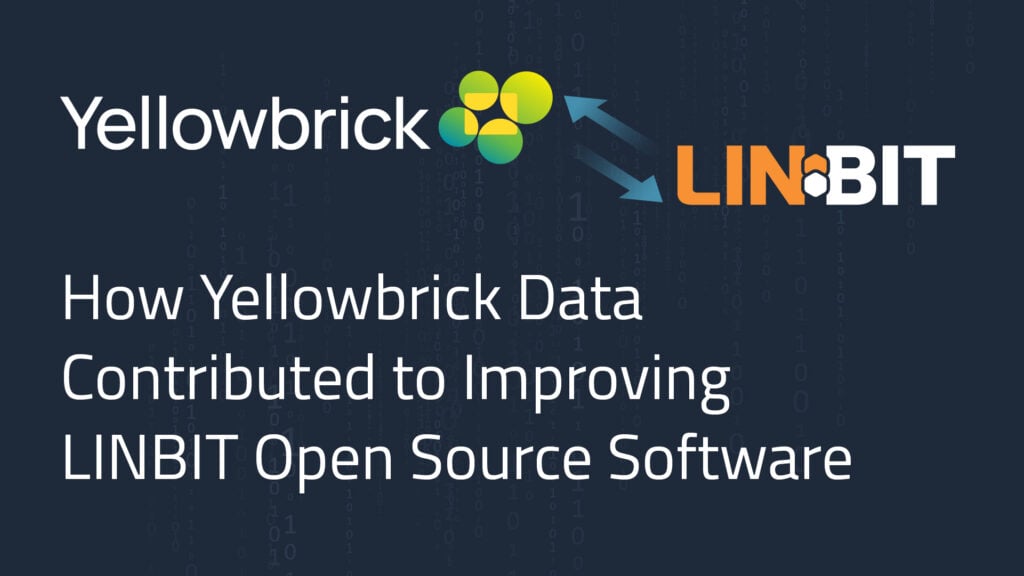
One of the reasons that LINBIT® uses an open source licensing model1 for nearly all of the software that LINBIT developers create is because the